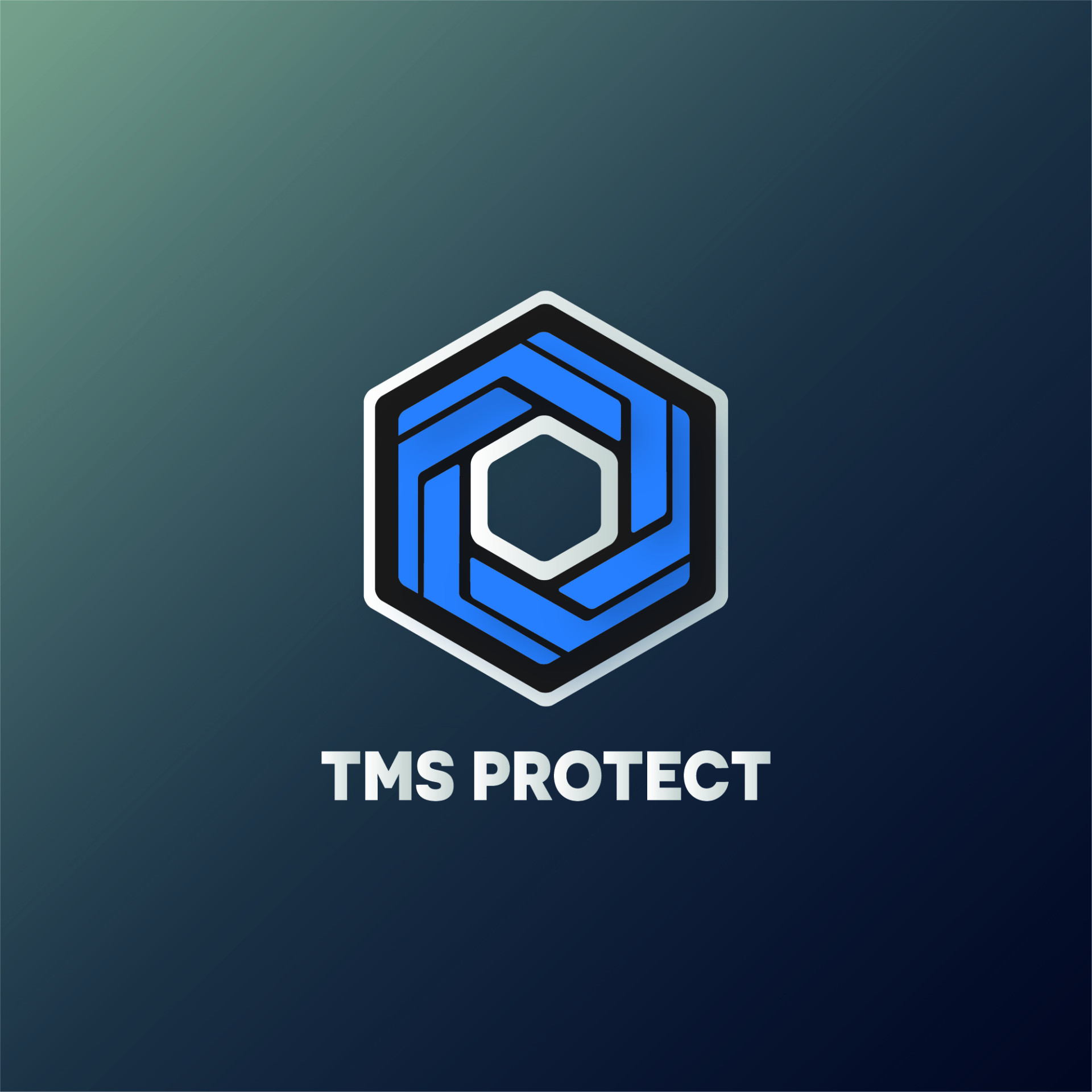R&R – ENTRANCE
Please pay close attention to the brief, where all site-specific criteria pertaining to your position and role will be communicated to you. It is essential for security personnel to be conversant with the specific policies and procedures applicable to them.
As is the case with all security positions, you are expected to have completed your employee induction, which includes, but is not limited to; customer service, counter-terrorism, collaboration, diversity and inclusion. You should also ensure that you are aware of the dress code and have completed the checklist to ensure that you are fully prepared for work in this environment that is constantly changing.
Security staff working at entrances play a critical role in maintaining the safety and security of a premises by controlling access and ensuring only authorised individuals enter the site. Here are some key roles and responsibilities for security staff working at entrances:
- Access control: Security staff are responsible for controlling access to the premises by monitoring and verifying the identification of individuals entering or exiting. They should where required check identification, wrist bands or other acceptable means of accreditation, badges or passes to ensure they are valid and correspond to the person presenting them. Some sites may also use access control systems such as key cards or biometric scanners to permit or deny entry.
- Screening visitors and vehicles: Security staff should screen visitors and their belongings as well as vehicles entering the premises. This may involve using metal detectors, X-ray machines, or manual searches to identify prohibited items, weapons, or contraband. All security personnel should follow site-specific protocols to ensure a thorough but efficient screening process.
- Providing directions and assistance: Security staff should be knowledgeable about the layout of the premises and be able to provide directions to visitors or employees. They should offer assistance, answer questions, and provide information about various areas of the facility. This includes guiding individuals to their destinations or directing them to appropriate personnel for further assistance.
- Monitoring surveillance systems: Security staff should monitor surveillance cameras and other security systems at entrances to identify any suspicious or unauthorised activities. They should be alert to potential security breaches, such as tailgating (when unauthorised individuals follow authorised personnel through the entrance) or attempts to tamper with security equipment. Promptly reporting any abnormalities to the security staff on the ground. This collaborative method of working is essential to ensure the safety of all guest and staff.
- Responding to emergencies: In the event of an emergency situation, security staff at entrances should be prepared to respond swiftly and appropriately. This includes following emergency protocols, initiating evacuation procedures if necessary, and coordinating with emergency services. They may need to provide guidance and assistance to individuals during emergency evacuations and ensure the safety and well-being of everyone involved.
- Enforcing security policies and procedures: Security staff should enforce established security policies and procedures at entrances. This includes ensuring that individuals comply with security protocols, such as displaying identification badges, following visitor registration procedures, or adhering to specific entry requirements. They should address any violations or breaches promptly and take appropriate action as per organizational guidelines.
- Maintaining incident reports and documentation: Security staff should maintain accurate and detailed incident reports related to entrance activities. This includes documenting any security incidents, breaches, or suspicious activities. They should record relevant information such as date, time, individuals involved, and a description of the incident. Proper documentation is crucial for future reference, investigations, and audits.

